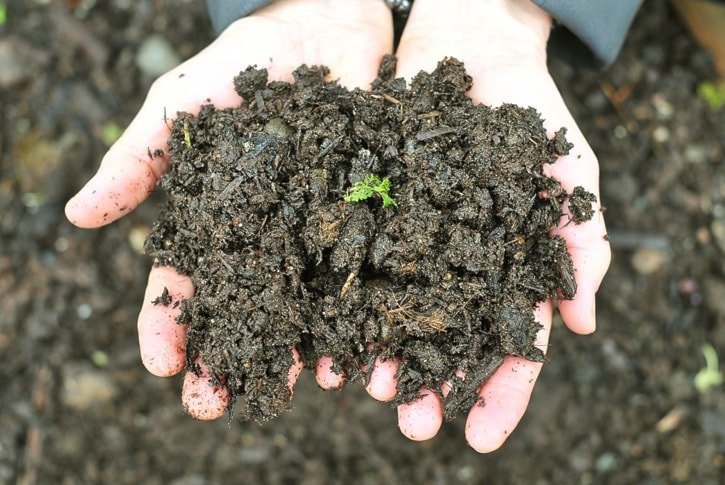Patricia Sky, hooded from heavy midday rain, swings her arm slowly, pointing at some of the 80 plots at the Hazelnut Meadows Community Garden.
"Sri Lanka, Zimbabwe, Nigeria, Kenya..."
Her gaze switches to another section of the garden.
She continues with Russia, Ukraine, Fuji, Cuba and Peru, and after a pause, remembers Korea and Taiwan.
While she may have not learned their languages, she remembers the names of which gardeners the plots belong to.
A descendent of farming people from the Prairies herself, Sky is the program coordinator at the organic garden, part of a three-year project at the DIVERSEcity Community Resources Society that has brought cultures together and food to the table.
The bounty, produced in three growing seasons, includes a wide variety of leafy greens, onions peas, broccoli, cauliflower, garlic and other crops – some culturally specific to the gardeners.
The original concept, an offshoot of the Community Kitchen program, was fairly simple: An organic garden for low-income immigrants.
"Many newcomers, whether immigrants or refugees, had real difficulty in accessing food that is nutritious or culturally appropriate or palatable," explains Jane Godfrey, manager of community development at DIVERSEcity. "And when they did look at Canadian produce, it was so unfamiliar that many families were affected nutritionally."
While DIVERSEcity's Community Kitchen helped immigrants with cooking and food safety concerns, the garden was to families save money and provide them with better nutrition.
"It's an absolutely direct way of helping people increase their food security," notes Godfrey.
What developed was the feeding of 364 people from 85 families in 10 language groups and a boost in inter-cultural bonding and language learning.
About 60 per cent of the garden is tended to by new Canadians. The rest are established Canadians.
Godfrey says the program's dramatic success with that mix is the integration of cultures, with newcomers and others alike learning from each other – with the help of volunteer interpreter/translators or with the gesticulative use of hands.
"It has to be a cooperative effort because it's a community garden," says Godfrey. "Even if they know communication will be hard, they still do it."
Having a plot to tend also makes them feel grounded – part of the land and the country.
Those immigrants from rural backgrounds also share some of their agricultural knowledge with other gardeners.
Karen refugees from Burma in particular, says Sky, are particularly communal – working for the benefit of everybody instead of just for themselves.
"This is a little microcosm of how things can work," says Godfrey.
There are plans to purchase load-carrying bikes for the gardeners, as well as plans to expand the garden – there is a growing waiting list for plots in the garden.
The Food Security Kitchen and Garden Program is funded by United Way, BC Gaming, Coast Capital Savings and Vibrant Surrey. Other donors include Home Depot, which help fund half of the greenhouse, and the City of Surrey, which assisted with adjustments to the garden's soil quality.
DIVERSEcity, formerly the Surrey Delta Immigrant Services Society, has been serving the needs of new Canadians since 1978 through a variety of outreach, career, language and family service programs.
For more information, visit www.dcrs.ca
